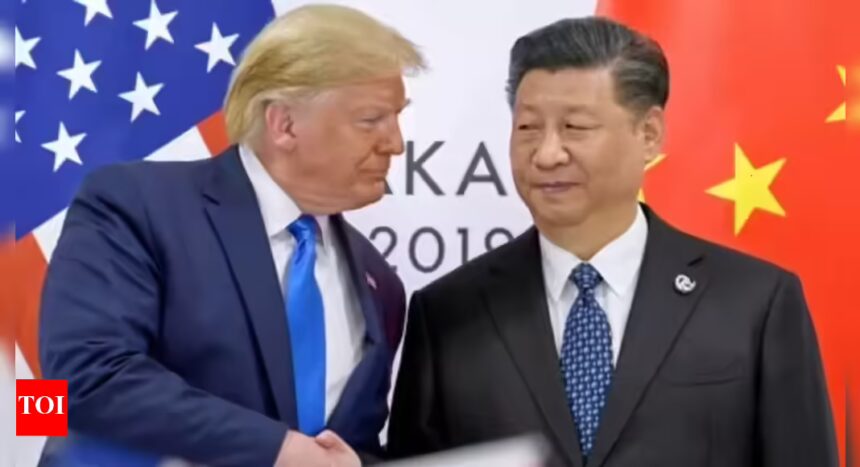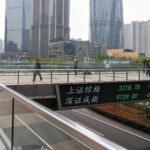The ongoing trade tensions between the United States and China have escalated dramatically, revealing a profound rift between the two economic superpowers despite a temporary lull. This renewed conflict originates from a dispute over rare earth exports, essential materials pivotal for various industries, including semiconductors, electric vehicles, and defense technologies.
The situation intensified when China implemented new export controls on rare earth metals, positioning the decision as a national security measure. However, many observers believe this move serves as retaliation against the United States, which has tightened restrictions on Chinese technology firms. Under the new regulations issued by China’s Ministry of Commerce, companies—both domestic and foreign—must now obtain approval from Beijing for the export of products containing over 0.1% rare earth content. The guidelines also broaden the scope of restricted materials and prohibit the export of these critical resources for military purposes.
China, which commands approximately 90% of the global rare earth supply, has introduced additional fees for U.S. vessels starting October 14 and initiated an antitrust investigation into U.S. chipmaker Qualcomm, signaling a more comprehensive approach to its countermeasures.
The U.S. responded swiftly to China’s actions. President Donald Trump expressed that he was “blindsided” by the sudden turn in relations. In a move expected to escalate the situation further, he announced a staggering 100% tariff on Chinese goods, set to take effect on November 1, which would increase the total tariffs on Chinese imports to around 130%. Trump framed this decision as a response to China’s “extraordinarily aggressive” export restrictions. The announcement caused shockwaves in financial markets, leading to significant losses for investors and marking Wall Street’s worst performance in six months.
In reaction, China’s Ministry of Commerce condemned the U.S. for its “double standards” and for extending the notion of national security to unfair export restrictions. They pointed to the extensive restrictions imposed by the U.S. on thousands of Chinese products as evidence. The ministry warned that threatening high tariffs would not lead to productive engagement, adding, “If Washington persists in acting unilaterally, Beijing will resolutely take corresponding measures to safeguard its legitimate rights and interests.” Furthermore, they emphasized a consistent stance: while they do not seek a trade war, they are unafraid of one.
Analysts suggest that China is leveraging its rare earths dominance to negotiate broader concessions not only in trade but also in issues surrounding Taiwan, advanced semiconductor technology, and artificial intelligence development. Jon Hillman, a geoeconomics expert, remarked that China’s previous success with export controls provided them with a tactical advantage in negotiations.
This deterioration comes after a brief 90-day truce earlier in the year, which had alleviated tensions temporarily. However, the truce failed to hold, with both sides accusing one another of reneging on commitments. Former U.S. Commerce Department official Nazak Nikakhtar pointed out that China recognizes its leverage and is using it to strategically undermine U.S. manufacturing sectors.
Looking ahead, both nations are employing export controls as bargaining tools as they approach a planned meeting in South Korea. Nevertheless, Trump has hinted at the possibility of canceling this summit due to the escalating tensions. The return to brinkmanship signifies the potential for a renewed trade war that could alter global supply chains, undermine investor confidence, and challenge the effectiveness of Trump’s “dealmaking diplomacy.” China’s position remains firm: it will not yield to U.S. pressures, while the U.S. maintains that China’s unfair practices must be addressed decisively.







